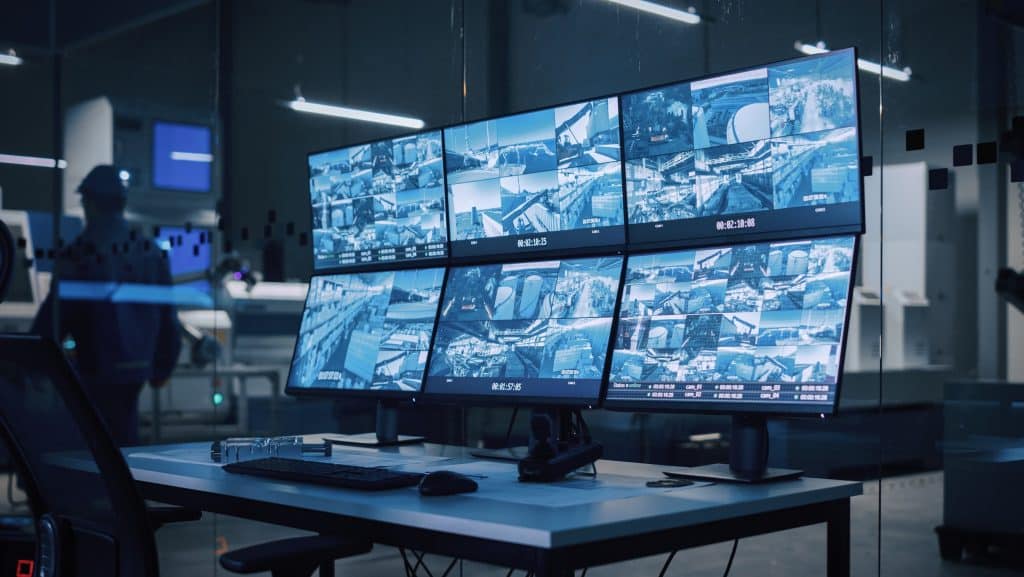Best Practices to Ensure a Secure Method of Facility Monitoring

Following certified best practices is an optimal way to ensure a secure method of monitoring your alarms and incidents.
And the best guidelines to follow as your building plans are created are those developed by Underwriters Laboratories (UL) in collaboration with U.S. federal security agencies.
The technical requirements of the Standard for National Industrial Security Systems, UL 2050 describe the elements of alarm protection (intrusion detection) needed to coordinate with related security measures that come into force when government contractors hold sensitive material.
They are based on the National Industrial Security Program Operating Manual (NISPOM) which “establishes requirements for the protection of classified information disclosed to or developed by contractors, licensees, grantees, or certificate holders to prevent unauthorized disclosure.”
National industrial security systems, such as a closed room or a sensitive compartmented information facility (SCIF) must be monitored for opening, closing, alarm and trouble signals.
While UL 2050 certification is only mandatory for government contractors, any organization in the process of building an alarm monitoring station would be well-served by considering its requirements as a useful guide for best practices, i.e., knowing where to set the bar.

Standards to Follow
UL 2050 standards encompass more than merely construction elements, but also apply to special access programs and details relating to staffing and securing monitoring stations. They include:
- Implementing a secure generator backup – and a plan for resupply
- Having floor-to-ceiling walls
- Being built on a solid concrete slab
- Positioning of windows and their operational security
- Ensuring no one is able to see computer screens other than the operators
- Having a specific number of employees per alarms
- Protecting communication lines from tampering
A secure facility is only one part of a secure system.
Governance must be built around the standards, with the aim of eliminating any security flaws and providing continuous feedback for and mitigation of any failure points.
Ensuring that team members are present to participate in these types of trainings are critical to emergency response.

What About UL 827?
UL 827 certification is required for all central stations, which are defined as commercial entities that monitor fire, commercial security and residential security alarm signals.
Any facility that is UL 2050 certified must build its monitoring station to meet the UL 827 standards.
Both sets of standards include specific calculations and small detailed requirements that can be too complicated for a layperson to understand. And not every security integrator has the know-how to serve as a resource; be sure to ask that question upfront if you are seeking certification in order to obtain government contracts.

The Takeaway
As you might expect, the government has high standards when it comes to security. It needs to ensure that any company it contracts with is secure from being breached.
While solid protection against actual break-ins is certainly required, physical security is becoming increasingly dependent on data security.
Building facilities to UL 2050 and/or UL 827 standards — or retrofitting, which may be possible but complicated — is a requirement for any organization that wants to do business with the government.
And even if companies don’t aspire to that, they can use those requirements as a benchmark for their own facilities, to ensure they are as secure as possible.
The expert team at Atriade has the knowledge to support organizations that seek to achieve UL 2050 and UL 827 certification and apply those standards to any security system. Contact us if you would like to discuss your situation.
About Atriade
Atriade is a security consulting firm. We provide security system design services for access control, perimeter protection, video and visitor management, and other physical security technologies. We also provide security master planning, program development, risk assessments, professional services, and project management.
Our client portfolio includes Fortune 50 companies, Ivy League universities, and leading technology firms in Silicon Valley.
Visit us online at Atriade.com
Connect with us on LinkedIn
Subscribe to our LinkedIn Newsletter: Take A Risk
